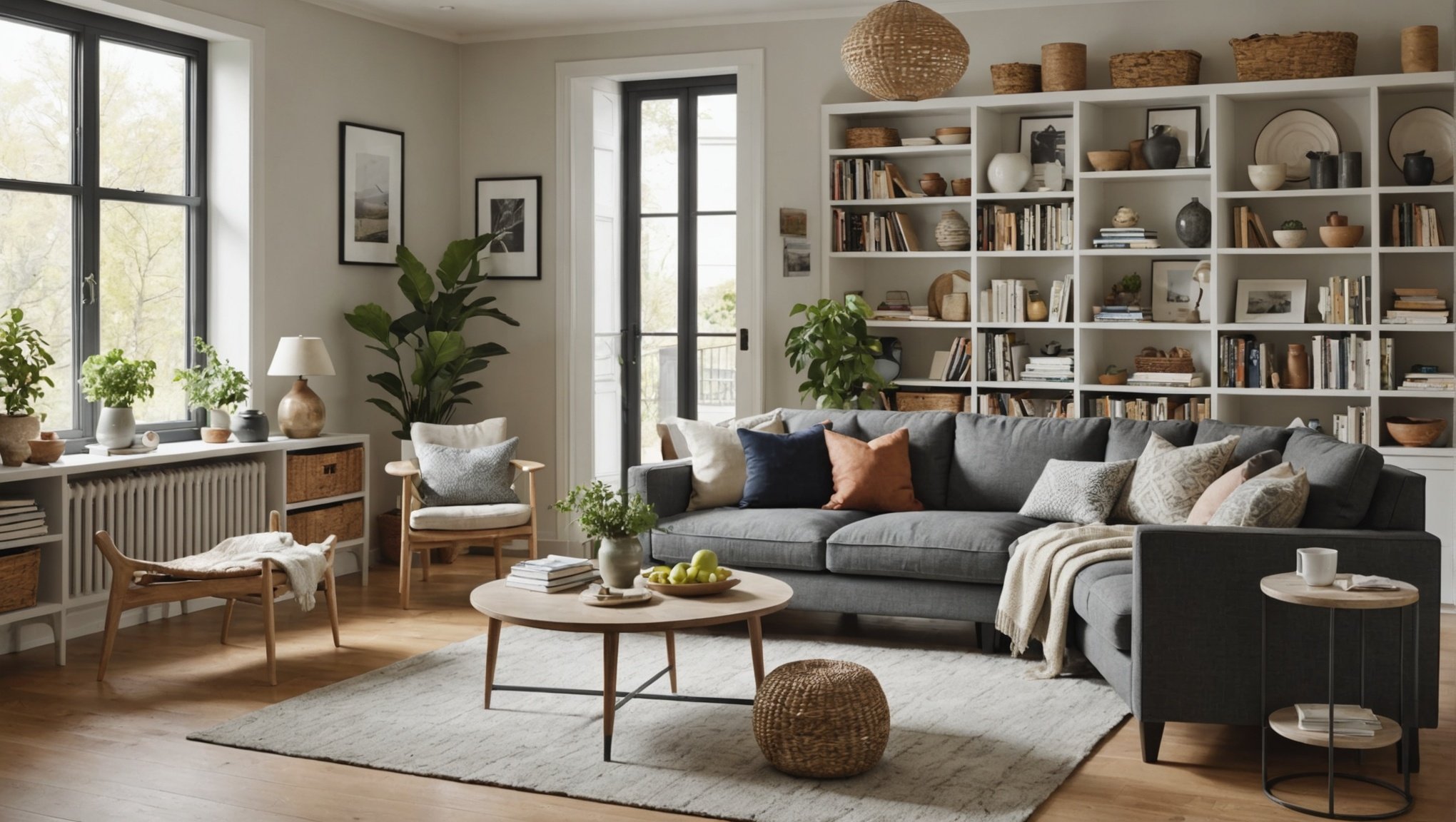Understanding Family Dynamics
Family dynamics are constantly evolving, bringing unique challenges and opportunities. As family needs change, so do their spatial requirements and relationships among members. Families today can vary widely in their structures, from traditional nuclear families to complex multi-generational living arrangements. Each structure has its own dynamics and space needs.
For instance, when families include multiple generations under one roof, communication and space-sharing become critical. This setup often requires adaptable spaces that can accommodate varying privacy needs and daily routines. The inclusion of grandparents or extended family can affect the family dynamics by introducing a need for more common areas as well as private spaces for individual relaxation.
In the same genre : Elevate Your Home: Proven Strategies for Improving Indoor Air Quality in High-Rise Apartments
To address these changing relationships, designing for flexibility is paramount. For example, rooms can be designed with transformable furniture or movable walls to accommodate different activities. This allows a space to adapt to the needs of young children, teenagers, or elderly family members effortlessly.
By understanding and adapting to these dynamics, families can create harmonious living environments that cater to all members’ needs. This adaptability fosters not only physical comfort but also strengthens family bonds by respecting each individual’s role and needs within the household.
Additional reading : Building Resilient Infrastructure: Strategies for Flood-Proofing the UK”s Most Vulnerable Regions
Designing Adaptable Living Spaces
Creating adaptable living spaces is more essential than ever in modern home design. By implementing space-saving solutions and multifunctional areas, your home can evolve with your needs, providing comfort and efficiency.
Utilizing Open Floor Plans
Open floor plans foster an atmosphere of togetherness, promoting family interaction. Removing physical barriers between living, dining, and kitchen areas creates a seamless flow that also maximizes natural light. As families change over time, open layouts can adapt easily to new furniture arrangements or evolving lifestyle needs.
Incorporating Modular Furniture
Modular furniture exemplifies the essence of adaptable design. Its versatile nature allows homeowners to reconfigure pieces as their needs evolve, accommodating varied functions. For instance, a modular sofa can serve as seating, a bed, or even a storage unit. This flexibility makes it ideal for those seeking space-saving solutions without compromising style or functionality.
Creating Multi-Use Rooms
Multi-use rooms are a cornerstone of adaptable living. Spaces like guest rooms can double as home offices, or a living room corner might transform into a reading nook. The key to these adaptable designs is strategic planning, enabling each area to serve several purposes with minimal effort. This ensures every square foot of your home is utilised efficiently, catering to diverse lifestyle demands.
Practical Tips for Space Optimization
Transform your living space with effective space optimization techniques that blend functionality and style. Living in a cramped area can feel overwhelming, but utilizing decluttering strategies can ease the tension. Start by assessing what you truly need and use regularly. This conscious approach not only frees up space but also simplifies your day-to-day life.
Consider innovative storage solutions to maximize your available space. Think vertical: wall-mounted shelves or hanging racks can save floor space while keeping essentials within reach. Vacuum-sealed bags can reduce the volume of seasonal clothes, freeing up closet space. Multifunctional furniture, such as beds with drawers, offers both a comfortable resting place and extra storage, ideal for areas like studio apartments.
To stay organized, essentials should be easily accessible. Use clear containers or labelled baskets in your pantry, so you can quickly find what you need without rummaging. Drawer dividers in kitchens and bathrooms can help maintain order, making it easier to keep track of necessities.
By implementing these strategies, you can turn even the most compact areas into efficient and pleasant spaces, ultimately enhancing your living environment without compromising on function or style.
Case Studies of Versatile Home Designs
Exploring versatile home designs can transform living spaces into adaptable, welcoming environments for families. Real-life home design examples offer valuable insights into practical adaptations for various living situations.
Small Family Adaptations
Adapting a home for a small family can mean creating spaces that are both functional and cozy. For instance, converting a spare room into a multifunctional play area or home office demonstrates ingenuity. These adaptations maximise space, ensuring that each family member has a dedicated area without overcrowding the home. Custom shelving and built-in storage solutions are also popular choices, offering efficient organisation options that maintain a sense of openness.
Multi-Generational Home Modifications
With evolving family dynamics, accommodating multiple generations under one roof is becoming more common. Home design examples include installing separate living quarters like granny flats or basement suites. Open concept living areas can also be transformed to feature personal retreats for each generation, ensuring privacy and comfort.
Creative Children’s Spaces
Creating engaging spaces for children involves blending flexibility with creativity. Utilising movable furniture and walls can create dynamic play zones that grow with the child. Additionally, integrating educational and sensory features within a room encourages development and exploration, allowing a child’s space to be both fun and functional.
Expert Advice and Resources
Harnessing expert advice when tackling renovations and DIY projects ensures not only a polished outcome, but also a more efficient process. Consulting with design professionals can provide insightful recommendations tailored to your specific needs and space. These experts bring extensive knowledge, helping you navigate potential pitfalls and maximizing the layout and functionality of your project.
For those enthusiastic about DIY projects, numerous resources exist to inspire and guide your creativity. Online platforms offer tutorials for various levels of expertise, covering everything from basic tasks to more complex renovations. Such resources empower you to undertake projects confidently, while understanding when a challenge might require additional support. Importantly, incorporating insights from both professionals and tutorials leads to lasting changes, keeping in line with contemporary trends and technologies.
Accessing professional services doesn’t diminish your project; rather, it enhances and validates your efforts. Many DIY adaptations can be seamlessly integrated into professional plans, marrying personal touches with robust designs. This hybrid approach not only showcases your initiative but also promises durability and aesthetic appeal over time. Engaging with expert advice promotes well-informed decisions, enriching the final outcome and optimizing the work put into your space.
















